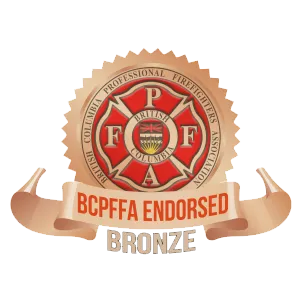Military personnel and first responders, including paramedics, police officers, firefighters, border services officers, and other emergency personnel, are routinely exposed to occupational stressors that place them at elevated risk for a spectrum of psychological conditions. Among these, somatoform disorders now largely subsumed under the category of Somatic Symptom and Related Disorders in the Diagnostic and Statistical Manual of Mental Disorders, Fifth Edition (DSM-5; American Psychiatric Association, 2013)remain under-recognized despite their substantial impact on functioning and recovery.
These disorders are characterized by the presence of distressing physical symptoms (e.g., chronic pain, fatigue, gastrointestinal disturbances) that cannot be fully accounted for by identifiable medical conditions. Nevertheless, the symptoms are experienced as real and are often profoundly distressing to the individuals affected. In the context of military personnel and first responders, such symptoms frequently emerge or intensify in relation to chronic occupational stress, unresolved psychological trauma, or cumulative exposure to high-stakes operational events.
The clinical presentation of somatic symptom disorders within these populations may resemble conditions such as cardiovascular disease or neurological disorders, thereby complicating diagnostic clarity and increasing the risk of misdiagnosis or delayed intervention. Moreover, the prevalence of symptoms such as persistent headaches, gastrointestinal discomfort, and chronic fatigue can significantly impair occupational performance and interpersonal functioning (Liu et al., 2021).
Return-to-duty or return-to-work processes for military personnel and first responders experiencing somatoform symptoms pose distinct challenges. The cultural ethos of high performance, stoicism, and self-reliance often discourages open discussion of symptoms that lack objective biomedical markers. Consequently, individuals may delay seeking support due to fear of stigma, diminished credibility, or potential occupational repercussions (Kearns et al., 2019). Furthermore, the physical nature of the symptoms may prompt a predominantly biomedical treatment approach, which may fail to address the underlying psychological and contextual factors contributing to the disorder.
Effective support requires a comprehensive, multidimensional approach. Psychoeducation, integrated care models that bridge primary care and mental health services, and robust peer support frameworks are all critical components of care. Interventions that are culturally attuned to the unique values and identity of military and first responder communities are essential in reducing stigma and promoting early engagement with care (Haugen et al., 2017). Organizational recognition of somatic symptom presentations as legitimate expressions of occupational stress can further contribute to psychological safety, enhance resilience, and support sustainable recovery.
A nuanced understanding of somatic symptom disorders in the context of military and first responder populations is imperative for the development of compassionate, effective, and evidence-informed care pathways. Through recognition, validation, and interdisciplinary support, meaningful recovery and reintegration into professional roles can be achieved.
References:
American Psychiatric Association. (2013). Diagnostic and statistical manual of mental disorders (5th ed.). Washington, DC: Author.
Haugen, P. T., Evces, M., & Weiss, D. S. (2017). Treating posttraumatic stress disorder in first responders: A systematic review. Clinical Psychology Review, 51, 79–94. https://doi.org/10.1016/j.cpr.2016.10.002
Kearns, M. C., Reidy, D. E., & DeGue, S. (2019). Probable PTSD, depression, and anxiety in first responders and the role of stigma in treatment seeking. Psychiatric Services, 70(10), 830–838. https://doi.org/10.1176/appi.ps.201800562
Liu, X., Luo, Y., Xu, Y., & Zhang, J. (2021). Somatization among health professionals: The role of trauma exposure and emotion regulation. Journal of Affective Disorders, 292, 151–157. https://doi.org/10.1016/j.jad.2021.05.098



